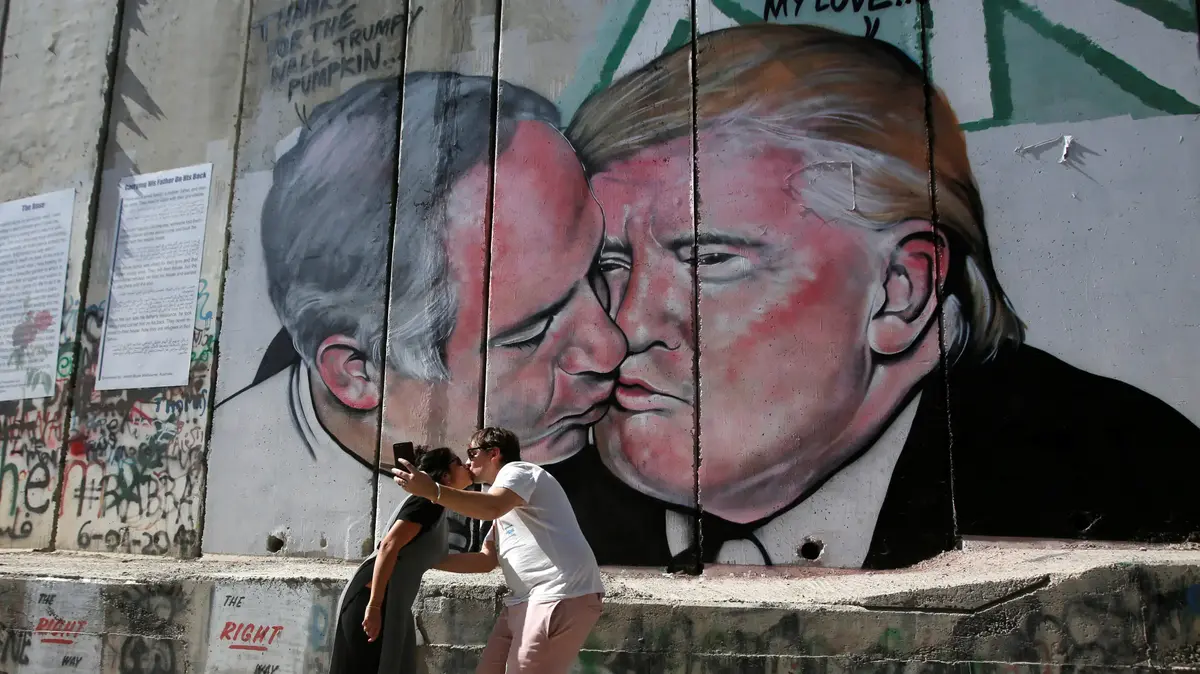"But isn't anyone going to think about the children?" moans Reverend Lovejoy's wife: her arms in the air, her expression rueful, dressed in her everlasting pale pink knit vest.
Shortly after its appearance in 1996 , this scene from
The Simpsons
became a cultural reference, as popular as it was parodic, of one of the most hackneyed and tricky resources of political rhetoric.
The exhortation to
think of children
is often used to disarm the adversary, or persuade public opinion, not with critical arguments, but through the mobilization of certain moral and affective codes.
The children or, better said, the Child —as a symbolic figure— is a discursive shorthand that masks specific political ideas, the purposes of which rarely have anything to do with the rights and real needs of children.
El Niño has historically been used as a pretext to stifle social movements, representing them as a threat to the reproductive and family order.
There are the suffragettes, accused of destroying the home.
There are also the tens of thousands of forced sterilizations that were inflicted in the United States during the 20th century, mainly on black and indigenous women, under the principle of eugenics and racism: thinking about children also means thinking about who
can
or
should have children
, or
which children matter and which children do not
.
And there are, of course, gays —pedophiles!—, lesbians —they pervert our daughters!— and trans people —don't be fooled: children, penises;
the girls, vulva!
El Niño becomes the receptacle of an obligatory compassion;
he is an easy object of sympathy, even identification.
In the first place, because our imaginary is rooted in the unconditional protection of childhood: the figure of the Child is built from the understanding that this is an incapable subject, in need of protection, whose well-being depends on growing up in a stable,
safe
environment
.
,
normal
.
But also because the Child is used to represent the
future
, a future that belongs to us and that gives meaning to our existence.
In front of this helpless Child, symbol of our continuity, an indefinite but terrible danger is projected.
Moral panic sets in.
Infanticides!
Perverts!
Criminals!
The solution: perpetuate traditional roles, maintain order of things, close to change and difference.
More than the future, the Child embodies a desire for permanence and statism, the undisturbed preservation of the
status quo
.
The debate on the rights of
queer
people, and of trans people in particular, has become —or so the transphobic discourses assert— in a forest full of dangers: a kind of underworld populated by Little Hoods with mustaches and by wolves that one day they are fierce and the other they wear a skirt.
Infinite forms of moral and physical corruption fly over the innocent little head of our Child.
And so, without great rhetorical efforts, alarmism not only spreads in the most reactionary sectors, but also penetrates —here is the dramatic, or at least incomprehensible, frustrating— positions that are supposedly critical and progressive.
A recent case is that of the French historian and psychoanalyst Élisabeth Roudinesco, who in her latest book,
The Sovereign Self
, warns against what she calls a trans “epidemic”.
"The number of children who believe they are transgender, who feel they were born with a sex they do not identify with, has quadrupled and is only going to increase."
She resounds, in this warning, the ominous tinkle of a fable moral.
El Niño is eternal: each age has its dangers, each generation its tales.
However, boys, girls, children grow up.
The reality of queer
childhoods
it needs less alarmism and more reflection.
When minors are denied self-determination —fearing that they do not have the necessary maturity, that the decision hides mental health problems, or that they allow themselves to be influenced by fashions—, not only is their freedom restricted, not only is their desire invalidated, they are also instilled with a perverse fear of doubt and ambiguity.
It is just as important not to prohibit the transition as it is not to put pressure on whoever passes to adapt to one gender or another.
Demanding absolute certainty about their identity from girls, boys, boys is incompatible with reality.
Gender is an apprenticeship, a form of expression of the self —but also of the community: who we are is linked to how we relate—, which admits of being questioned, disassembled, rehearsed, shared, but above all lived and enjoyed.
Queer
goes through downplaying uncertainty, depathologizing transitions, and exploring new discourses around gender that are based on affirmation, relationships, and pleasure.
Let them, they, they be the ones who think;
and tell the stories in their own way.
Amanda Mauri
is a writer and researcher, with an MSc in Gender Studies from the London School of Economics.
Subscribe to continue reading
Read without limits
Keep reading
I'm already a subscriber

/cloudfront-eu-central-1.images.arcpublishing.com/prisa/JSPJHFKMOVEEJA6WJDGRWQBLOY.jpg)







/cloudfront-eu-central-1.images.arcpublishing.com/prisa/2C5HI6YHNFHDLJSBNWHOIAS2AE.jpeg)




